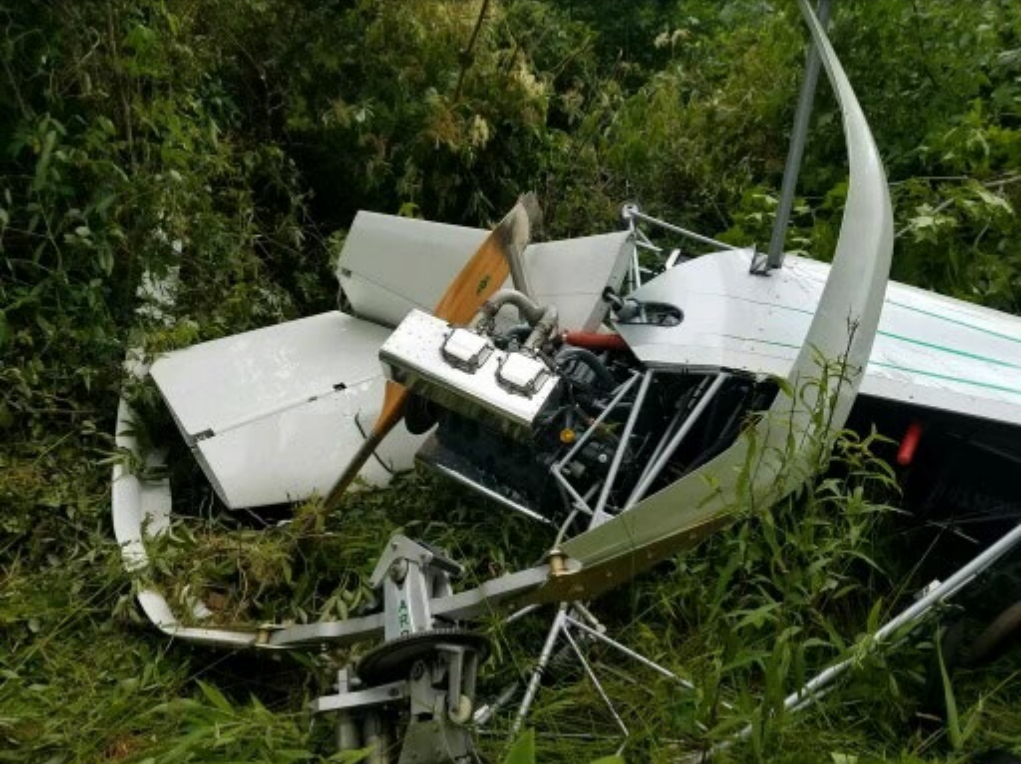
ASN Wikibase Occurrence # 348004
This information is added by users of ASN. Neither ASN nor the Flight Safety Foundation are responsible for the completeness or correctness of this information.
If you feel this information is incomplete or incorrect, you can submit corrected information.
| Date: | Saturday 11 June 2022 |
| Time: | 15:40 |
| Type: | Farrington Twinstarr |
| Owner/operator: | Private |
| Registration: | N298RW |
| MSN: | TS97015 |
| Year of manufacture: | 2006 |
| Total airframe hrs: | 287 hours |
| Engine model: | Lycoming O-320 |
| Fatalities: | Fatalities: 0 / Occupants: 1 |
| Aircraft damage: | Substantial |
| Category: | Accident |
| Location: | Goose Creek Airport (28A), Indian Trail, NC -
 United States of America United States of America
|
| Phase: | Take off |
| Nature: | Private |
| Departure airport: | Goose Creek Airport, NC (28A) |
| Goose Creek Airport, NC (28A) | |
| Investigating agency: | NTSB |
| Confidence Rating: |
On June 11, 2022, at 1540 eastern daylight time, an experimental amateur built Twinstarr gyroplane, N298RW, was substantially damaged when it was involved in an accident near Indian Trail, North Carolina. The private pilot received minor injuries. The gyroplane was operated as a Title 14 Code of Federal Regulations Part 91 personal flight.
The pilot was taking the gyroplane on a short test flight. After adding fuel, the pilot ran the engine multiple times on the ground and completed multiple taxi tests to check the brakes and steering mechanism. The pilot was satisfied that everything was functional and decided to attempt a flight in the airport traffic pattern. Shortly after takeoff the engine lost power. The pilot attempted to return to the airport, but the gyroplane impacted powerlines and the ground, resulting in substantial damage.
During a postaccident examination of the wreckage, the pilot found that there was a large piece of debris obstructing a majority of the fuel filter inlet. Another large piece of debris was observed in the fuel tank. All the debris found were consistent in color and texture with silicone sealant used on the fuel quantity sending unit. Based on this information, it is likely that the sealant debris found in the fuel filter inlet obstructed the flow of fuel to the engine and resulted in the total loss of engine power.
Probable Cause: A blockage of the fuel filter inlet by a piece of debris, which resulted in fuel starvation and a total loss of engine power.
Accident investigation:
 |
|
Sources:
NTSB ERA22LA313
https://data.ntsb.gov/Docket?ProjectID=105479
Location
Images:

Photo: NTSB
Revision history:
| Date/time | Contributor | Updates |
|---|---|---|
| 16-Nov-2023 12:39 | ASN Update Bot | Added |
| 16-Nov-2023 13:05 | harro | Updated [Aircraft type, Operator, Other fatalities, Narrative] |
| 01-Dec-2023 18:57 | Captain Adam | Updated [Time, Location, Departure airport, Destination airport, Source, Narrative, Photo] |
Corrections or additions? ... Edit this accident description
The Aviation Safety Network is an exclusive service provided by:


 ©2024 Flight Safety Foundation
©2024 Flight Safety Foundation